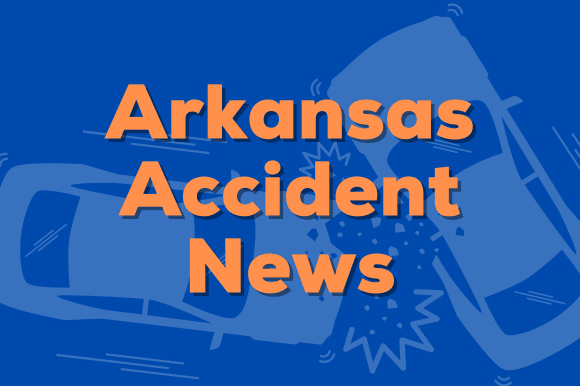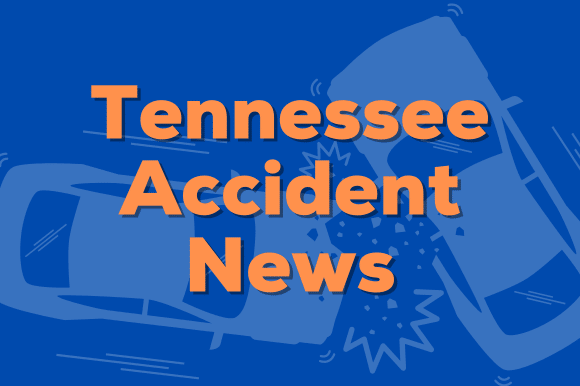A whale watch company with a spare vessel operated the demonstration of passenger-only ferry service from Anacortes to the San Juan Islands using state funding. (Photo by Tom Banse)
This article was first published by the Salish Current.
A 10-week experiment offering free foot ferry service between Anacortes and the San Juan Islands drew positive reviews but has room for improvement, according to a post-mortem given to the San Juan County Council.
A separate reexamination of possible new passenger-only ferry routes in the North Sound by a state consultant said large start-up costs would be incurred to launch new walk-on services. The tight budgets at all levels of government cast doubt on whether additional walk-on ferries may cast off anytime soon.
A $1.5 million state grant to San Juan County made the temporary foot ferry possible. The boat trial grew out of frustration with unreliable state ferry service in recent years.
The county can’t afford to continue the walk-on ferry on its own dime, but at least one county councilmember said the concept of car-free transportation to, from and among the scenic islands is worthy of further exploration.
“I would love to see us apply for some additional funding,” Councilmember Jane Fuller said Tuesday. “So we could run it out further in time, get more data and understand more of the implications of this.”
The twice-daily scheduled roundtrips between the three most populous islands and Anacortes ran from April 18 to June 30 using a chartered whale watching tour boat.
As part of the same state-funded pilot project, San Juan County also contracted with another local tour company for on-call emergency interisland water taxi service and paid a retainer to a barge company to keep a commercial truck transport vessel in reserve. Those back-up options in case of lengthy state ferry service cancellations have also wrapped up.
Health and Community Services Director Mark Tompkins said the 49-passenger boat hired for the twice-daily mainland ferry service attracted 2,399 riders over the two-and-a-half-month trial. Nearly two-thirds of riders said they were on leisure trips, with the remainder booked for work, school, errands or appointment reasons. The foot ferry achieved an enviable 100% on-time record, Tompkins reported to the county council Tuesday.
The emergency interisland water taxi was activated nine times this spring and early summer. It made 12 roundtrips between Orcas, Lopez and Friday Harbor, carrying 127 people home or to work who were stranded on those nine days when the Washington State Ferries interisland vehicle ferry unexpectedly went out of service.
“I look at these statistics and, while they’re not tens of thousands of riders, had (the state) ferries not worked, they would be,” County Councilmember Justin Paulsen said in reaction.
County Manager Jessica Hudson said passenger feedback praised the reliability of the daily scheduled service and appreciated the downtown Anacortes terminus, which was walking distance to many businesses and restaurants, unlike the outlying state ferry terminal.
Hudson performed some back-of-the-envelope math in front of the council to estimate the per-passenger cost of the free ferry rides the county provided. It penciled out to about $250 a person per ride, borne by state taxpayers via the governor-directed grant.
Fuller responded that it’s not a surprise that public transportation requires a heavy subsidy, but added that this was instructive about the “order of magnitude” a lightly-used foot ferry would consume.
The true cost of the fare-free ride also gave one-time foot ferry passenger Brian Clark pause. Clark was pleased by the service and the free parking in downtown Anacortes when he used the county’s boat in June to check on a rental property his family owns on Lopez Island.
“They need to get one of those electric hydrofoil ferries that have lower fuel costs,” Clark said in an interview from his home in Seattle this week.
Tompkins said securing a faster ferryboat for the passenger service was a common refrain in the “room for improvement” column. He also said better communication was needed to alert stranded travelers to the availability of the emergency interisland water taxi when it was activated. Some state ferry terminal workers didn’t refer customers there when the interisland vehicle ferry went down.
Other barriers needing attention include the lack of a suitable public dock on Shaw Island for foot ferry service. Also, the limited to nonexistent public transit options for travel on land once arriving at landings other than Friday Harbor present a hindrance to increasing car-free exploration of the San Juans.
Bellingham to Friday Harbor foot ferry gets another look
Earlier pleas from the ferry-dependent San Juan Islands resulted in the 2024 Legislature commissioning a $500,000 study of potential new state-supported passenger-only routes throughout Puget Sound. That report to the Legislature has coincidentally just been publicly released.
The hired consultants who took on the study determined four passenger routes deserved a detailed evaluation:
- Bellingham – Friday Harbor
- Whidbey Island – Everett
- San Juan Islands interisland with two larger vessels
- San Juan Islands interisland using a small private operator
The consultant group led by the firm KPFF estimated potential ridership for each foot ferry route, which ranged from a low of 85 commuters daily for the Whidbey Island-Port of Everett workday route. A circular San Juan Islands interisland route was the most attractive, with up to 223 riders estimated per day. The Bellingham to Friday Harbor connection fell in the middle, assuming a seasonal, seven days per week schedule.
San Juan Cruises already operates one daily round-trip on the Bellingham-Friday Harbor route in summer, geared toward tourist daytrippers from the mainland. It is commercially successful, but the unsubsidized fare of $79 is expensive compared to the state ferry system’s $16.50 walk-on fare from Anacortes to the islands. The state ferries, while often running late, have lots of spare walk-on capacity, although parking at the Anacortes terminal can be a limiting factor at peak times.
The study authors observed that new foot passenger ferry service offers an opportunity to expand connectivity “at a lower capital and operating cost than WSF vehicle ferry service.” But the costs still rise into eight figures when vessel acquisition and landing site improvements are figured in.
The report presented the numbers and caveats but was circumspect in its recommendations. It said ultimately the next steps “will require direction from the Legislature regarding the state’s role” in providing or financing passenger-only services.
Even before the consultant study’s release, WSF leadership indicated it is focused on improving reliability of its existing car ferries and isn’t interested in adding passenger-only routes on top of that.
“We don’t have any plans to add any new routes for WSF,” state ferries chief Steve Nevey told ferry riders during an online town hall in May. “Only the Legislature can add routes.”
Legislature reluctant to take on new costs
The majority of the Legislature’s members appear cool to taking responsibility for new foot ferry routes. In fact, this spring, the lead transportation budget writers tried to phase out the state’s remaining support for locally-operated foot ferries, which flowed to the Vashon Island water taxi and Kitsap Fast Ferries to backfill for reduced state ferry service. Determined lobbying by local ferry advocates managed to keep their state subsidy in place for a year or two longer, even though WSF ferry service to Vashon and Bremerton has recently been restored to pre-pandemic levels.
Legislators are staring at daunting price tags to build new hybrid-electric 160-car ferries to modernize the state’s aging fleet, as well as the tab to install shoreside battery charging infrastructure.
“Passenger service in the future makes sense, but for now we’re focused on the core of WSF service,” state Senate Transportation Committee Chair Marko Liias said near the end of this year’s legislative session.
WSF Passenger Only Ferry Study – July 2025
A copy of the Washington State Department of Transportation study examining the potential for new state-supported passenger-only routes throughout Puget Sound.
The Salish Current is a nonpartisan, nonprofit, online local news organization serving Whatcom, San Juan and Skagit counties. Based in Bellingham, the publication serves 400,000 residents and tens of thousands of annual visitors to the three-county area.
This post was originally authored and published by Tom Banse from Washington State Standard via RSS Feed. Join today to get your news feed on Nationwide Report®.






















